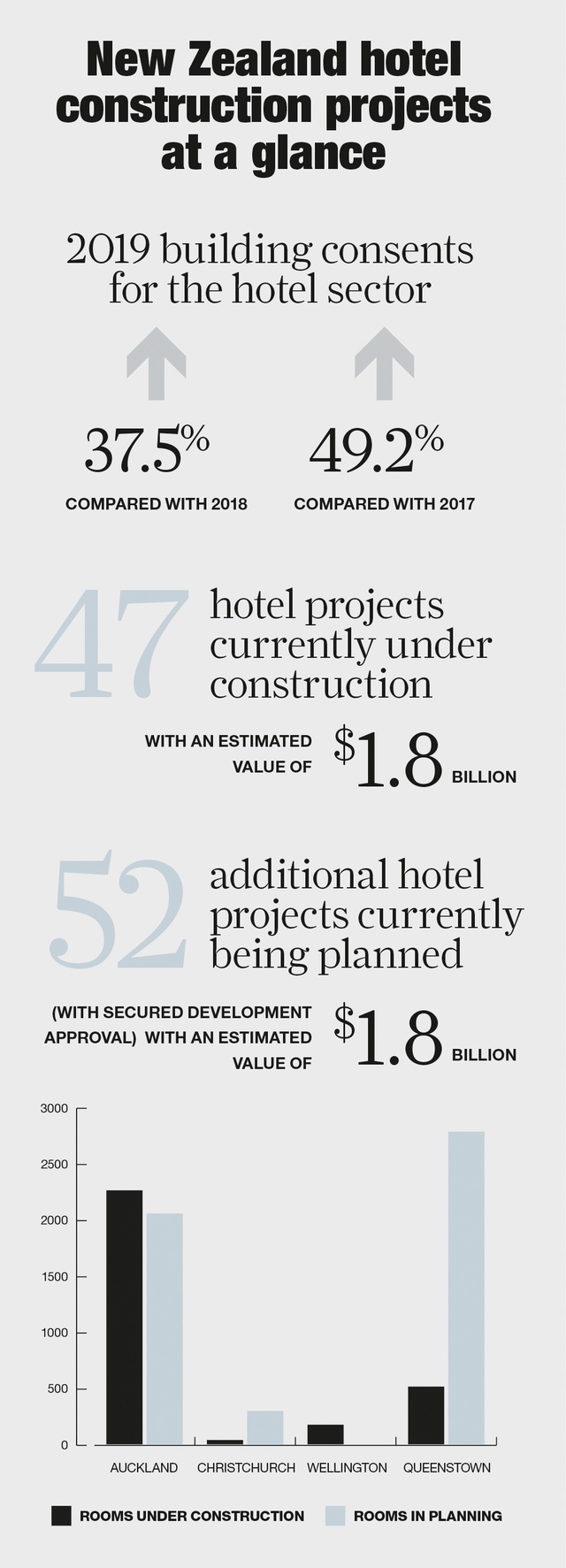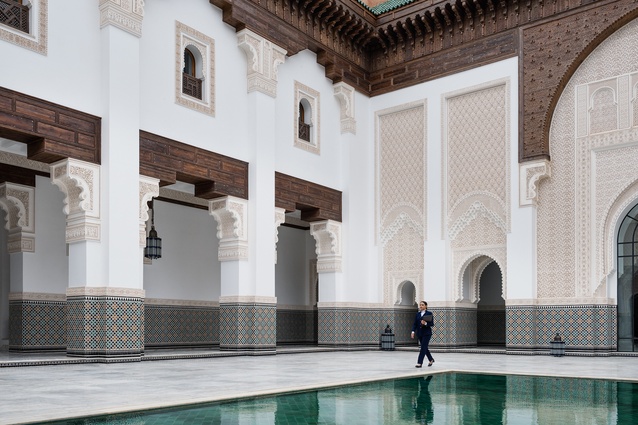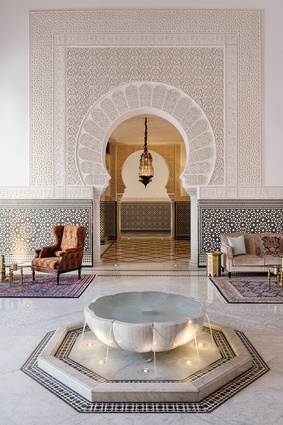Hotels in flux: Part one
The local hotel industry is in a state of significant change. This six-part series explores what this might mean for the world of interiors and what might its future look like.
[Editor’s note: This series about the future of the hotel industry was produced for print publication and mostly before the COVID-19 pandemic. As such, a lot of the statistical figures and trend forecasts have and will continue to change drastically due to the closure of international borders, lockdown and the financial repercussions of both. Parts of this series will be updated with current, post-pandemic information and we will make a note if and when the online version of the article differs from the published version.]
It is nearly impossible to classify with any level of certainty what a hotel should be, from budget crash pod to destination, from business centre to luxury resort. As such, the interior needs of these hospitality spots are equally diverse. It is, however, important to discuss the topic as New Zealand finds itself in a veritable hotel boom… or, at least, a race to catch up with demand combined with years of undersupply.
In this six-part series, some industry experts chat about the state of play: procurement, context within the boutique sector, sustainability and more. We talk to a development group expanding its hotel investment in the region, look at some of the most exciting upcoming projects and try to forecast the state of the industry.
There are many other topics that deserve attention and which we hope to continue covering in subsequent issues: the potentially disruptive role of prefab; the role of Maori values and language within the hotel industry; whether or not government policy and hospitality practices are up to scratch when it comes to industrial design copyright, and beyond.
It is also impossible to write about hospitality and its current construction boom without mentioning the coronavirus outbreak and the multimillion-dollar losses it is causing. Whatever the long-lasting impacts of COVID-19 are, the truth remains that New Zealand’s border remains closed to most international visitors, including China, its second-largest tourist market. Retail, hospitality and imports/exports are being hit with cancellations, supply chain disruptions and loss of confidence.
What this will mean for construction projects currently in design stages will depend on how long the pandemic lasts, how long the border remains closed to China and whether or not the markets go into full-blown recession, and what these might mean for large, upcoming events and the free flow of people into New Zealand.
Regardless of this black-swan event, interiors will continue to be developed and rethought to satisfy the changing and growing needs and demands of travellers. In this series, we hope to give but a small glimpse of the current state of the industry. Watch this space each week for the next installment.

Click here to see more from the Hotels in flux series.











